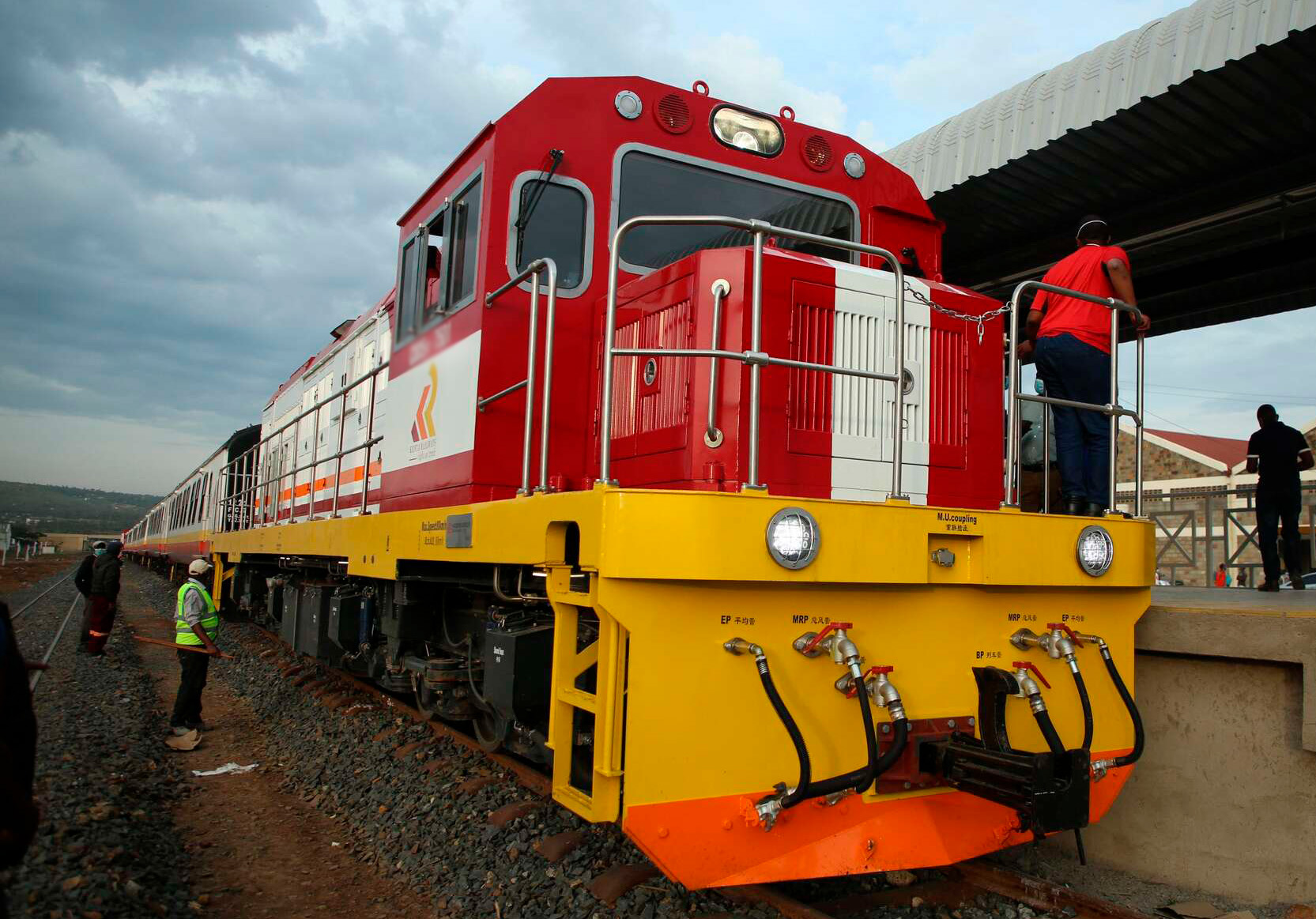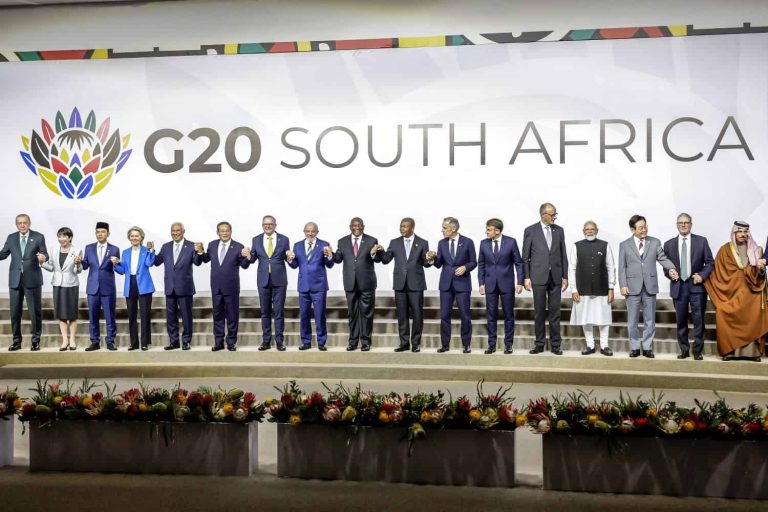
Uganda and Kenya have announced a raft of new strategies to have seamless movement of goods through the port of Mombasa, with the former mooting the possibility of hiring locomotives from the latter.
Uganda Railways Corporation (URC) Managing Director Benon Kajuna has described the current status of Uganda’s locomotives as “isn’t good”, and that the country has four “inefficient and unreliable” mainline locomotives that ply the Kampala-border route.
“We have agreed with KRC that once we have capacity constraints, they can be able to send theirs to Uganda and then we can pay for the hire of these locomotives,” said Mr Kajuna.
“Currently and unfortunately, at URC we only have two locomotives while four are in the workshop and need about Shs12b; we have agreed to talk to government to get this money and buy spare parts,” he added, but said that whereas they are in the process of procuring 10 new locomotives, the time for delivering these them is about two-and-a-half years.
While Mr Kajuna didn’t divulge the terms under which Uganda would hire the locomotives, Kenya Railways Corporation (KRC) Managing Director Philip Jamuhuri Mainga said they have 56 locomotives and about 2,000 wagons operating the Standard Gauge Railway (SGR) system.
“We want to have a seamless network so that Uganda, with its two locomotives or whatever, can have a seamless movement from Mombasa to Kampala, and that is what has been agreed and what our governments want.”
Mr Kajuna said the strategies, arrived at during the neighbouring countries’ quarterly meeting, also agreed to have a joint tariff.
“When we are charging a customer, KRC and URC should not charge their own tariffs; we shall instead charge one tariff and agree on the division ratio. We may, for example, say that out of 100 percent, KRC takes 60 percent and URC 40 percent because of the distance involved,” he said.
“By having a joint marketing tariff, customers who have been offloading at Malaba will now move their goods throughout and not shift from the road to the railway,” said Mr Kajuna.
He also noted that URC and KCR had agreed that the “two operations departments put in more efforts so that we can create efficiency, meaning we should be able to work for 24 hours day and night”.
Another strategy is on complementarity, especially on the movement of goods, which will see cargo move straight from the port of Mombasa up to Kampala.
Mr Mainga said that for one to reach DR Congo, Rwanda, and South Sudan, or to distribute cargo downwards, they need Kampala because “it is our central point of distribution to the rest of the inland countries”.
“We have experience of successfully operating the SGR for the past six years, and the ideas we have are the ones we are sharing with our colleagues at URC. We hope that in a short while, the strategies that we have put in place today will begin to work and there will be dynamics.”
He also noted that the strategies seek to make both companies competitive and, most importantly, to lower the cost of doing business in both countries.
“For every one kilometre when you carry a 40-tonne container, you probably lose about KShs50,000 (about Shs1.3m per kilometre),” says Mr Mainga, adding that in the last financial year, Kenya Railways did 8.2 million tonnes of cargo, of which the Metre Gauge Railway (MGR) did 1.2 million tonnes and SGR seven million tonnes.
The strategies come ahead of the launch of Steel Rolling Mills in Tororo District next month.
Devki Steel Mills Managing Director Pandit Kaushik said they are setting up a major steel plant worth over $400m, which will include a cement plant in Mbarara City.
“Our main aim is to make sure that we directly employ over 3,000 Ugandans; with both railway corporations, we want to transport all our raw materials and finished goods within Kampala and bring our raw materials from the port of Mombasa. With the railway collaboration, we want to move all this cargo by railway.”



